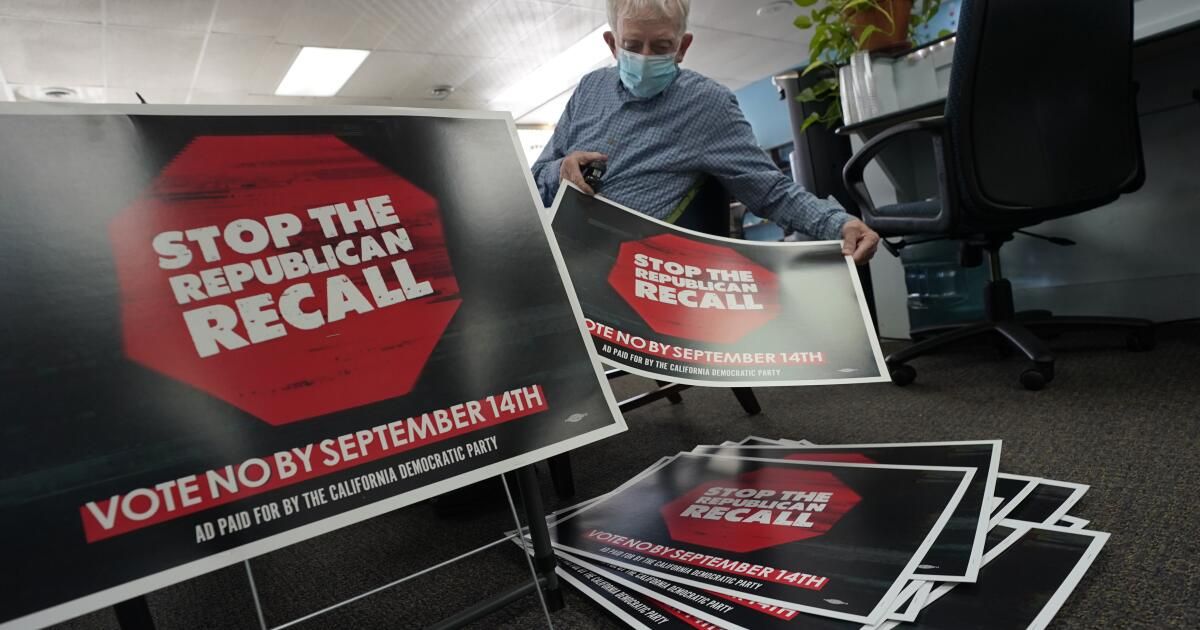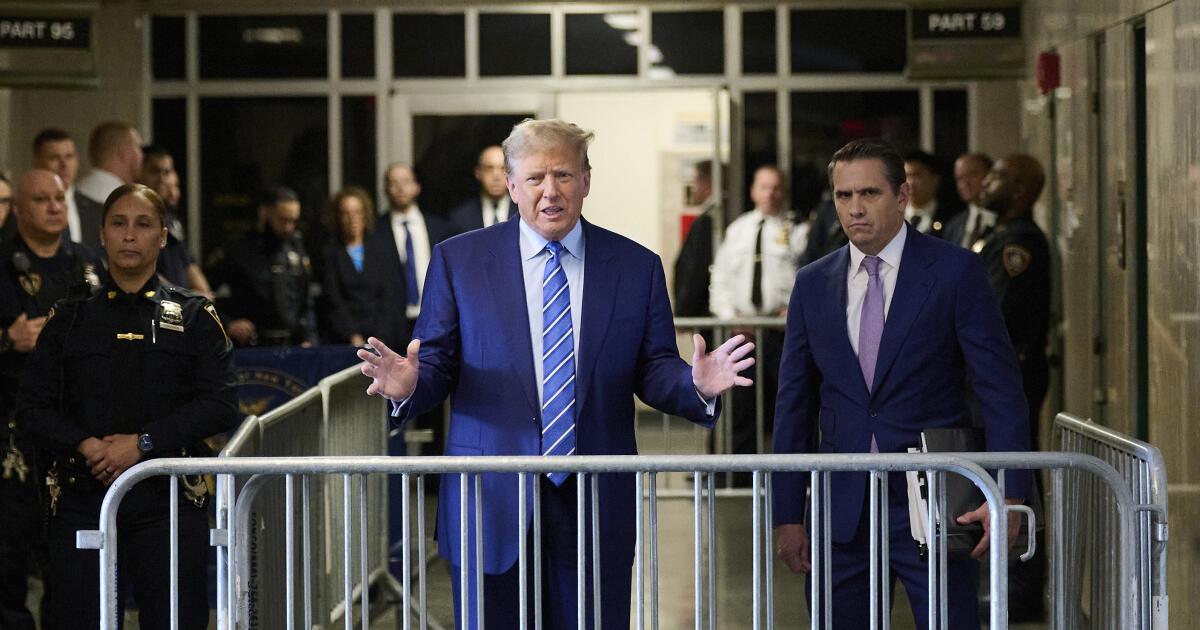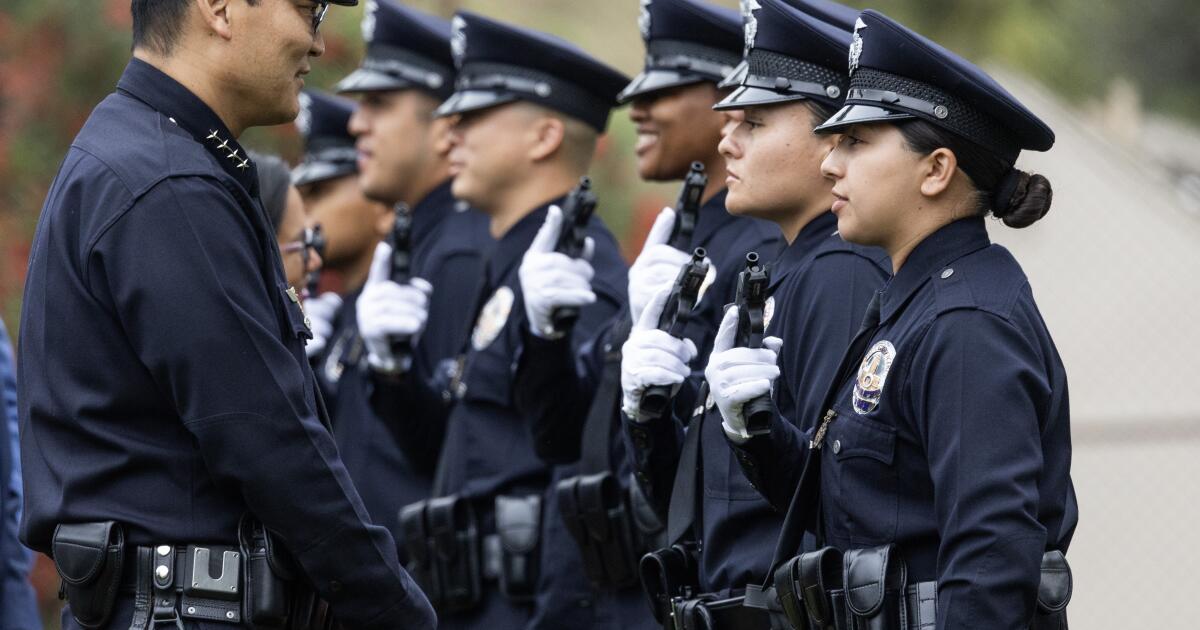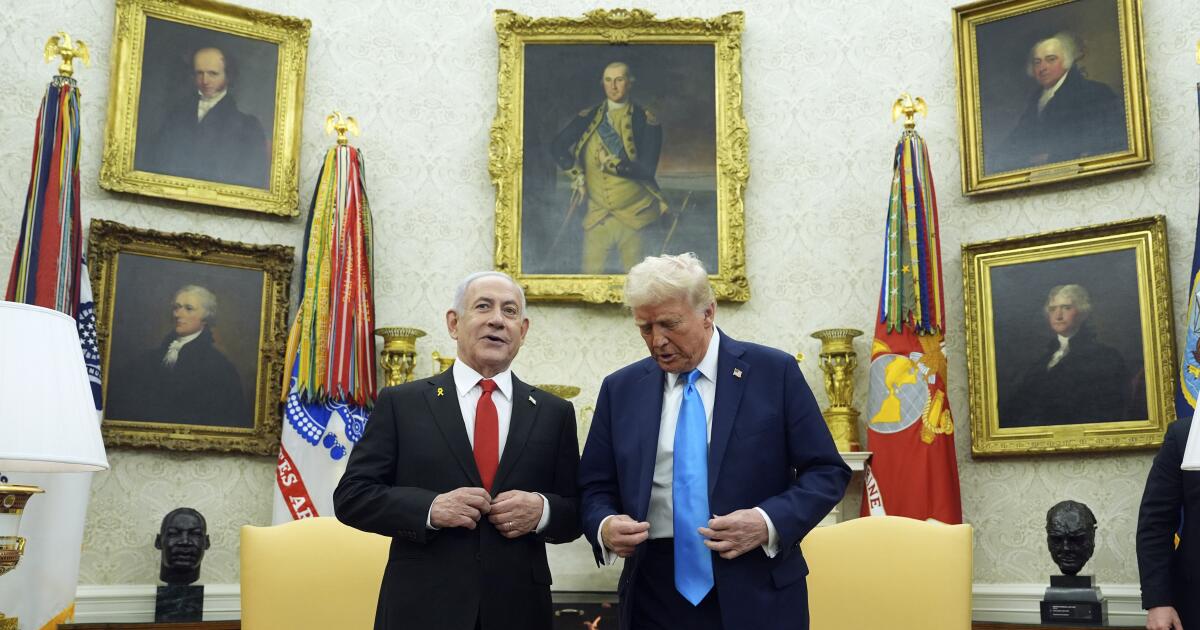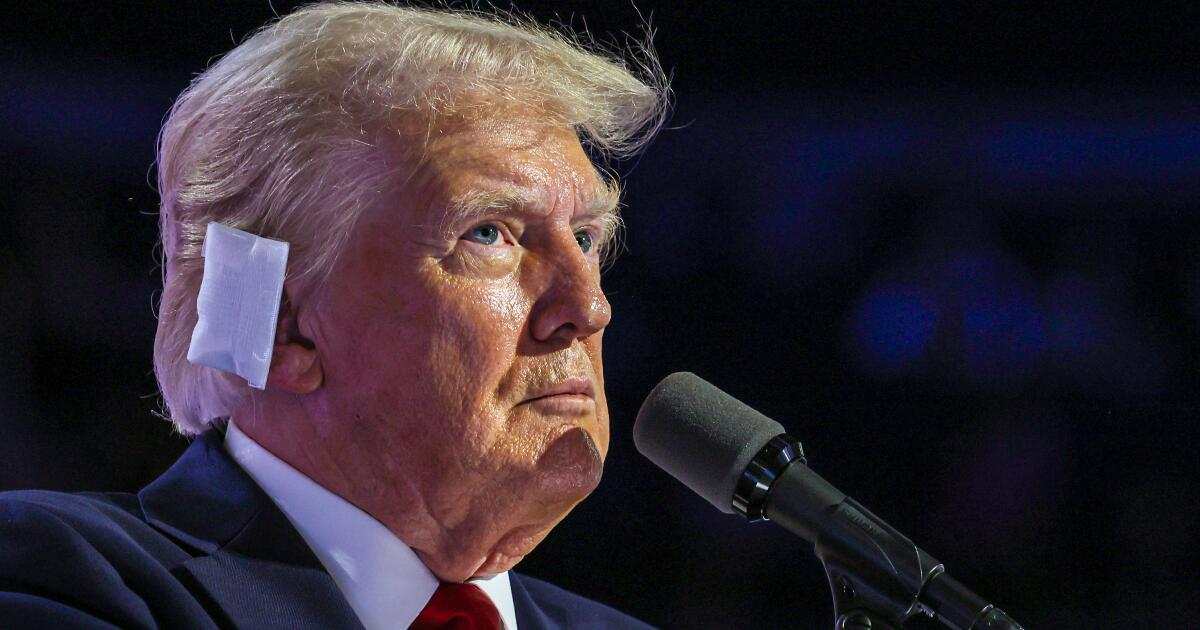A fringe conservative group has launched another impeachment targeting Governor Gavin Newsom for… well, the same reasons as the previous six times. If history is any guide, the petition drive will fail long before it gathers the more than 1.3 million valid signatures required by the 160-day deadline.
That's what happened in previous recall attempts against the governor during his first term, including the last one that resulted in a special election in 2021. That time, recall supporters got lucky when a judge granted them more time to collect signatures due to COVID-19. closures, and they were able to take advantage of a time when people were scared and angry. The recall election still failed, likely because it was motivated by Newsom's liberal policies, which favor most Californians.
This seventh recall attempt is a good thing in one sense: It's a reminder that California lawmakers have yet to fix the most egregiously undemocratic aspect of the state's recall rules, which is that the governor and other state-level elected officials they can be replaced by someone who gets fewer votes on the same ballot.
The problem is the state's use of two-question recall ballots. The first question is whether the office holder should be removed from office. The second question asks voters to choose a replacement from a list of candidates, which cannot include the ousted official. The goal of the recall must obtain a majority of votes to remain in office. But the winner of the second question does not need to get a majority of votes, just more votes than any of the other candidates. This raises the very real possibility that a sitting governor could be replaced by someone with much less voter support. This is not how democracy is supposed to work.
There is a solution, but it requires voter approval. Lawmakers should work to pass SCA-1, a constitutional amendment, by June to include it on the November ballot. Sen. Josh Newman's (D-Fullerton) bill, which was targeted for recall in 2018, passed the state Senate in February and is now before the Assembly. It needs the support of two-thirds of legislators and the governor to be approved.
The proposal would eliminate the second question from the recall ballot, making it a simple yes or no question. If a majority of voters say yes to recalling the governor, the lieutenant governor would take over as soon as the recall election is certified. If successful recall occurs within the first two years of the regular term, a special election for a replacement would be triggered (the ousted governor could enter that race). If this happens later in the term, the lieutenant governor would serve until the next regular election.
This makes sense. The second-in-command's primary role is to fill in if the governor is unable to perform his or her gubernatorial duties for any reason.
If the attorney general, secretary of state, or other state official were removed, the governor would appoint someone to fill the position until the next election or call a special election. In the same way, these positions would be filled if they became vacant for other reasons.
Sensible as it may be, the bill stalled last year although it appears not for political reasons. In fact, the only formal opposition comes from a conservative conspiracy group pushing baseless claims of voter fraud. Most likely, the bill would lose momentum and more immediate issues would be prioritized.
It was a mistake to wait. Now, with another Newsom recall effort underway, the bill could be portrayed as politically motivated. So be it. In today's political environment, when recalls are launched left and right and often for no good reason, there will never be a perfect moment.
No more procrastinating. It's time to give voters a chance to fix this undemocratic recall rule.

